Adding houseplants to your home or apartment is a great, low cost tactic to brighten up your space and increase the air quality. Filling a room with green and colorful plants can really lift the mood. However, having them all die when the winter months roll around is a sure way to do the exact opposite. I have collated here a list of ten houseplants that will look great in your space all year round. In addition, I’ve included tips to ensure they make it through the cooler winter months.
Please note, many of the house plants on this list happen to be toxic to certain animals, mainly cats and dogs. If you have pets in your house ensure that you do your research on how suitable a specific plant is before you get your heart set on bringing it into your home.
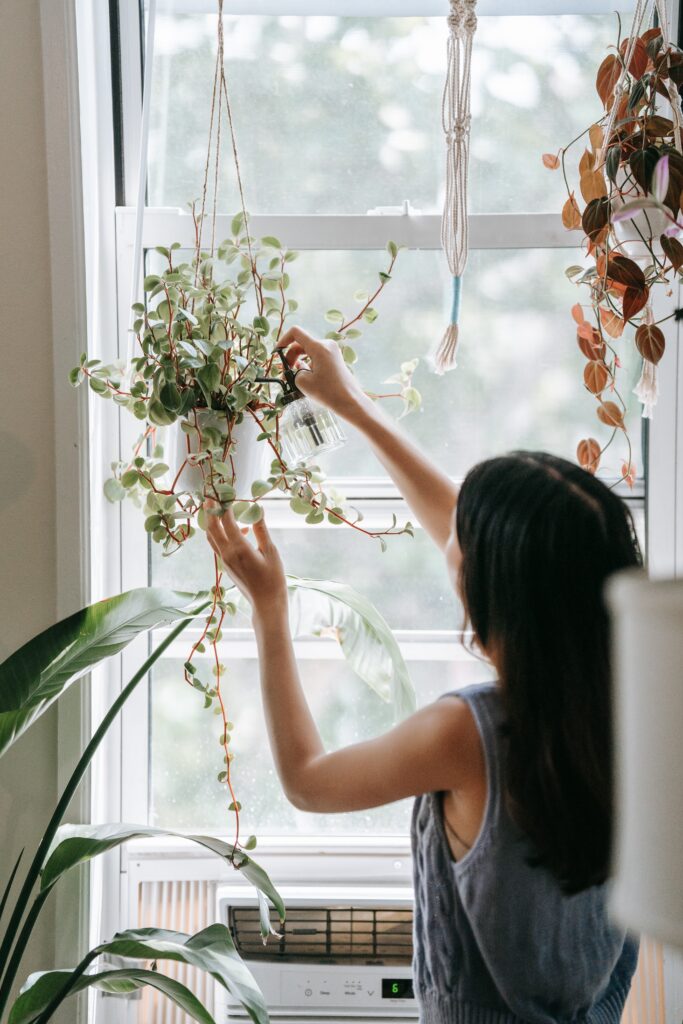
Rubber Tree (Ficus Elastica)
This great house plant variety can grow from one to eight feet tall and when paired with a beautiful pot can have a real presence in a room. It is suggested to purchase as a small plant as it will adapt to indoor living conditions as it grows. This plant is resilient and can grow in low light conditions. Make sure not to over water this plant as this will lead to the leaves falling off.
Warning – Toxic to cats and dogs.
Aloe (Aloe barbadensis)
This succulent species is a great aesthetic addition to any room with the additional benefits of being able to soothe your skin if you catch too much sun. This succulent requires very little care or watering. Ensuring that the soil is kept moist by placing your finger an inch deep is sufficient to maintain the plant. This plant is in no hurry to flower though and can take three to four years to flower. Luckily, it is pretty whether flowering or not.
Warning – Toxic to cats and dogs.
Parlor Palm (Chamaedorea elegans)
These palms can grow up to four feet tall and are great for new growers due to their ease of maintenance. They can grow well with little water and low light. This means they easily survive cooler winter months. These palms are slow growers and depending on light conditions can take around three years to develop to their full size.
Devils ivy (Epipremnum aureum)
This ivy plant has beautiful arrow shaped leaves than can grow indoors on vines up to six feet tall. This plant can easily make it through winter as it must be kept out of direct sunlight and under watering will do no harm except slightly stunt growth.
Warning – Toxic to cats, dogs and horses.
Fiddle Leaf Fig Tree (Ficus pandurata)
The fiddle leaf fig tree is a little harder to care for due to the amount of sunlight it requires for growth. As long as you can place this tree close to a low draught window you will be fine! You will also need to keep a close eye on the moisture levels of the soil as dry soil will necessitate additional watering. The tree can grow up to ten feet tall indoors and can look great next to an entrance way as long as there is adequate natural light.
Warning – Toxic to cats, dogs and horses.
Bunny Ear Cactus (Opuntia Microdasys)
This cute sounding cactus can make a great addition to your desk with the maximum height being around 18 inches. The cactus is native to northern Mexico and desert regions of Arizona. It thrives with plenty of access to direct sunlight. The cactus enjoys cooler spells in the winter so it is recommended that you keep it away from any heating vents.
Warning – spines will cause irritation on contact.
Heart leaf Philodendron (Philodendron scandens)
This houseplant is extremely easy to care for, it neither requires direct sunlight or frequent watering. The heart shaped leaves make it a pretty accompaniment to any room. Growing up to five feet indoors and being a great wall climber, this plant looks great spanning an interior wall like a sprawling piece of artwork.
Warning – Toxic to cats, dogs
Snake plant (Sansevieria trifasciata)
The snake plant has knife shaped leaves that stick directly up and can slowly grow up to 3 feet in length. This plant can look great in a small ceramic pot due to the density and marbled coloring of the leaves. The snake plant is very easy to care for and has the added benefit of being a great air purifier.
Warning – Toxic to cats and dogs.
ZZ plant (Zamioculcas zamiifolia)
The ZZ plant is extremely resilient, being able to withstand neglect, drought and low-light conditions. The small glossy leaves can grow on stems up to three feet tall. This plant is a fairly slow grower and will take up to two years to reach this size. As with the snake plant, the ZZ is a great air purifier and has been proven to remove toxins such as toluene, xylene and benzene from the air.
Warning – Toxic to cats and dogs.
Jade Plant (Crassula Ovata)
The Jade plant mimics a bonsai in the sense that it grows like a miniature tree with a trunk, branches and leaves. The Jade is a very easy to care for plant. It is able to go through periods of neglect due to its efficient storage of water in its’ waxy succulent leaves. In some cultures, the jade tree is meant to bring good luck and money. Fortunately, the aesthetics of the plant justifys keeping it if no money suddenly appears.

Kaitlin is a travel writer and marketing consultant. On any given day, you can find her surfing, reading, and/or on the eternal search for the cutest cafes (with tons of power sockets, of course).
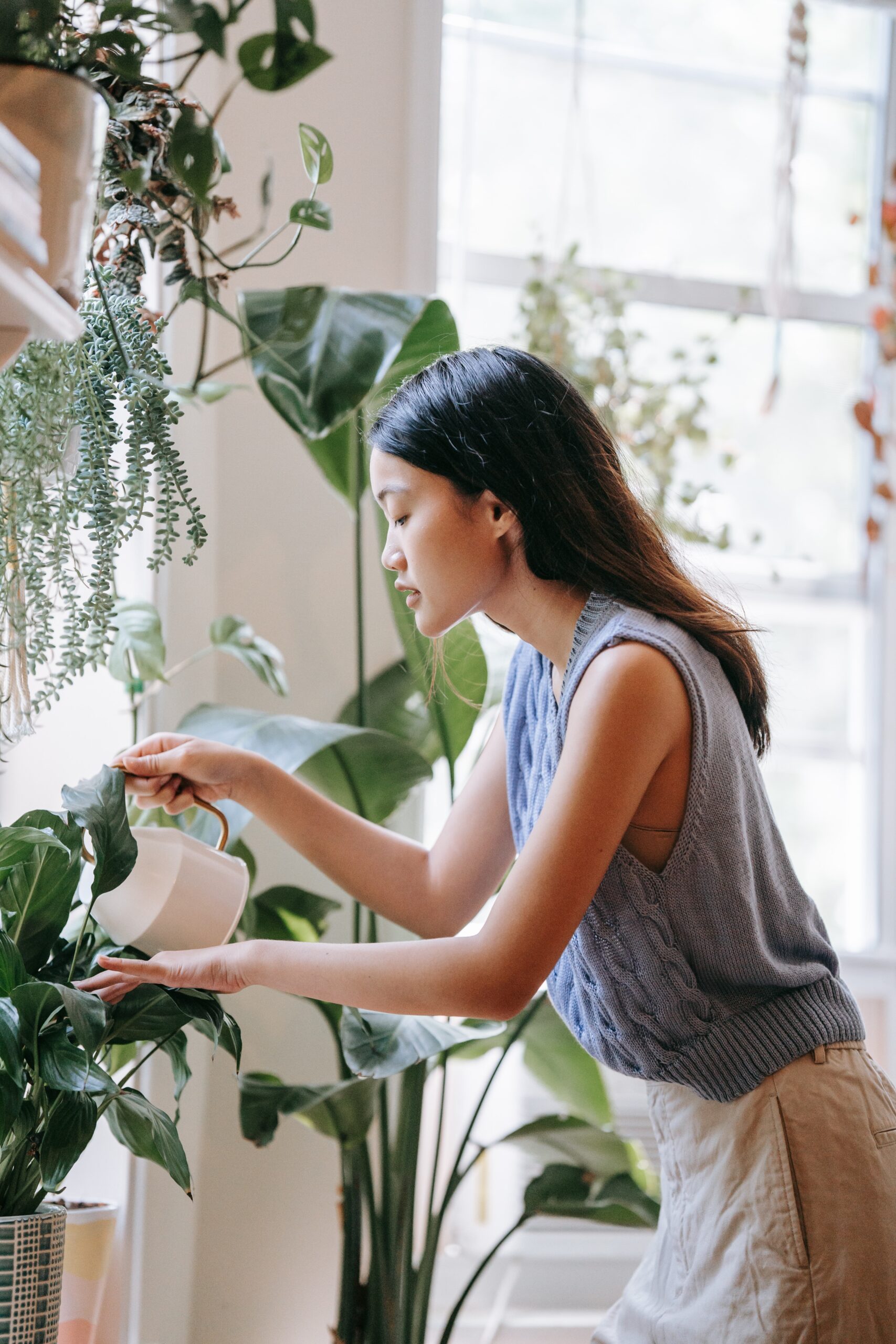

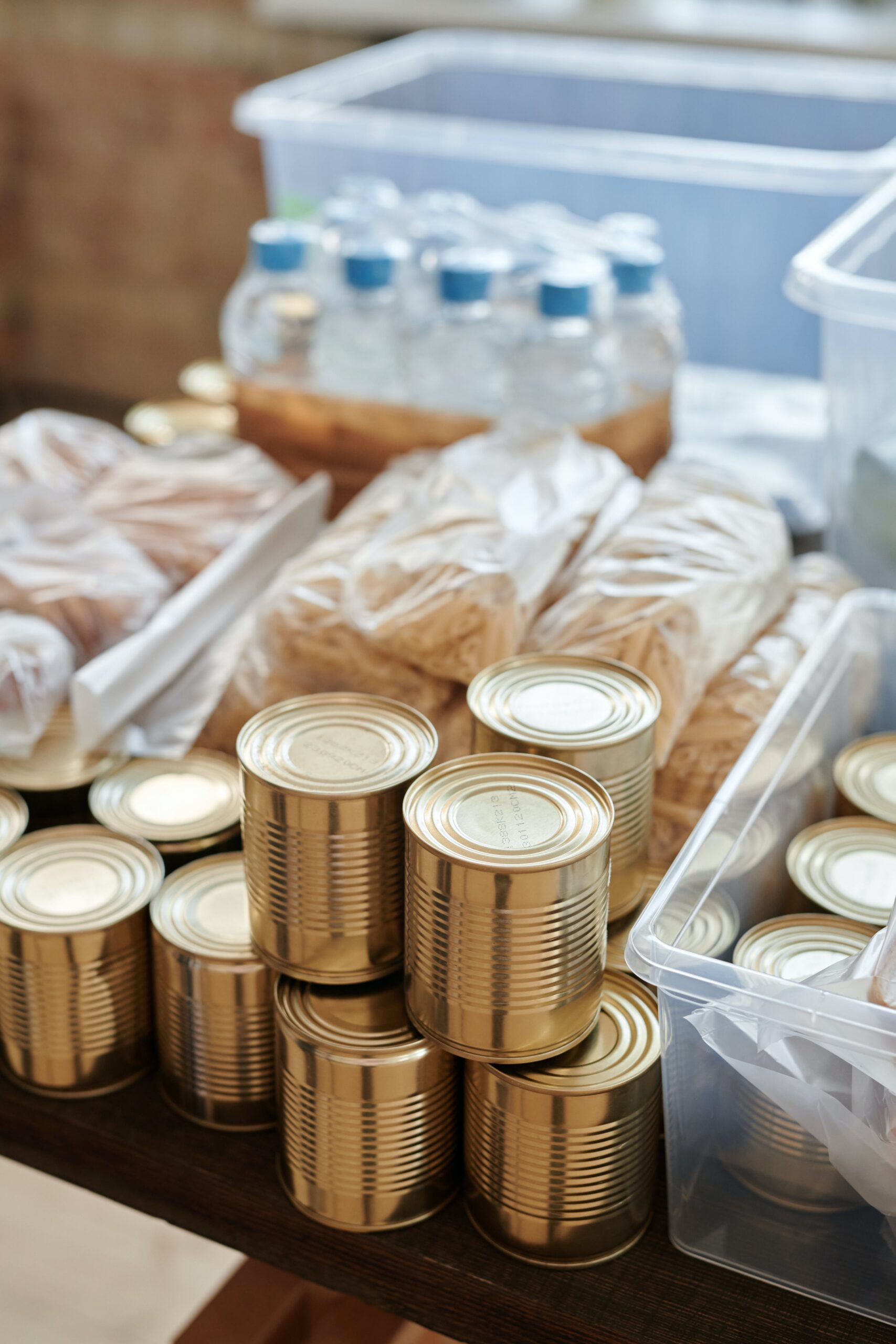




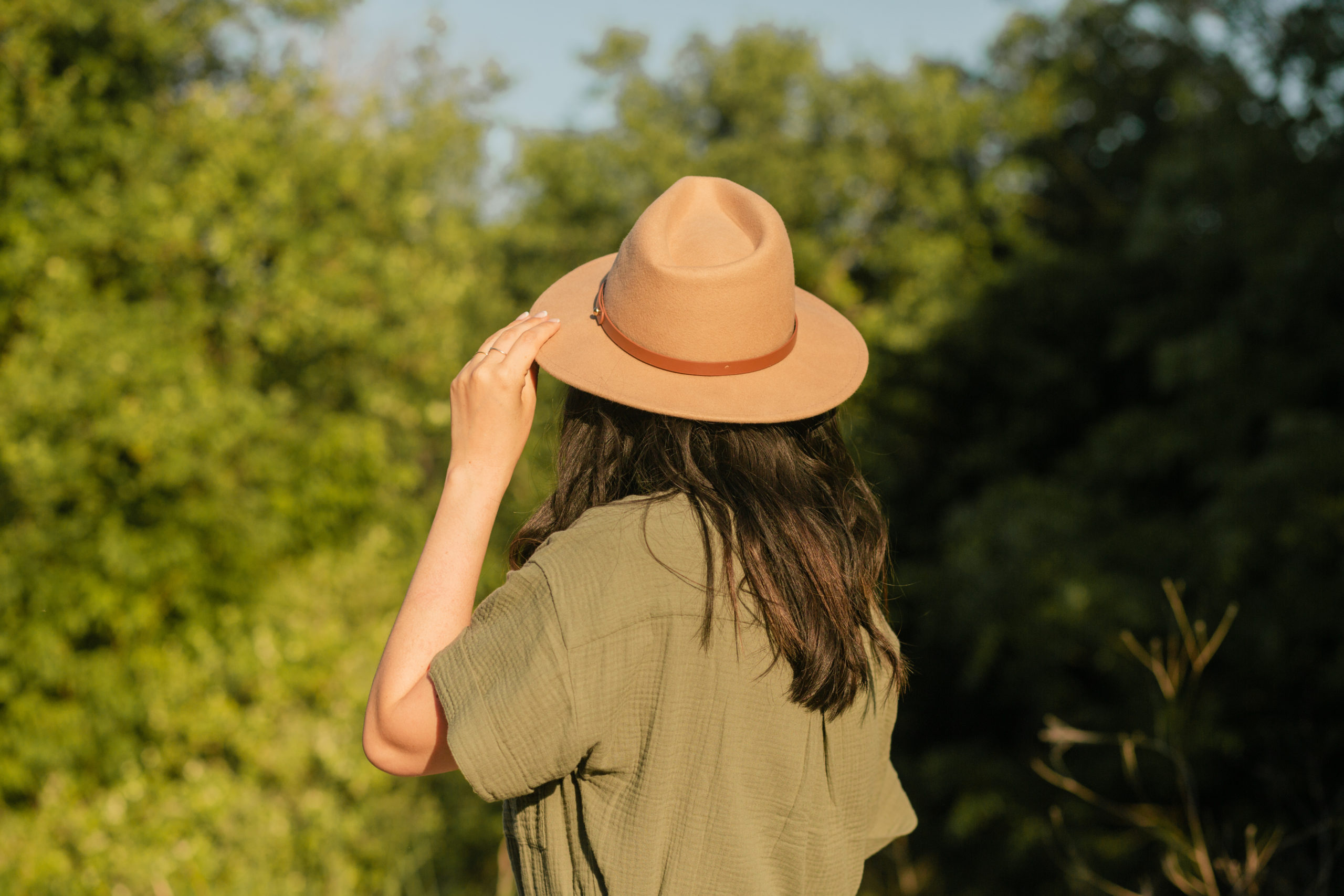
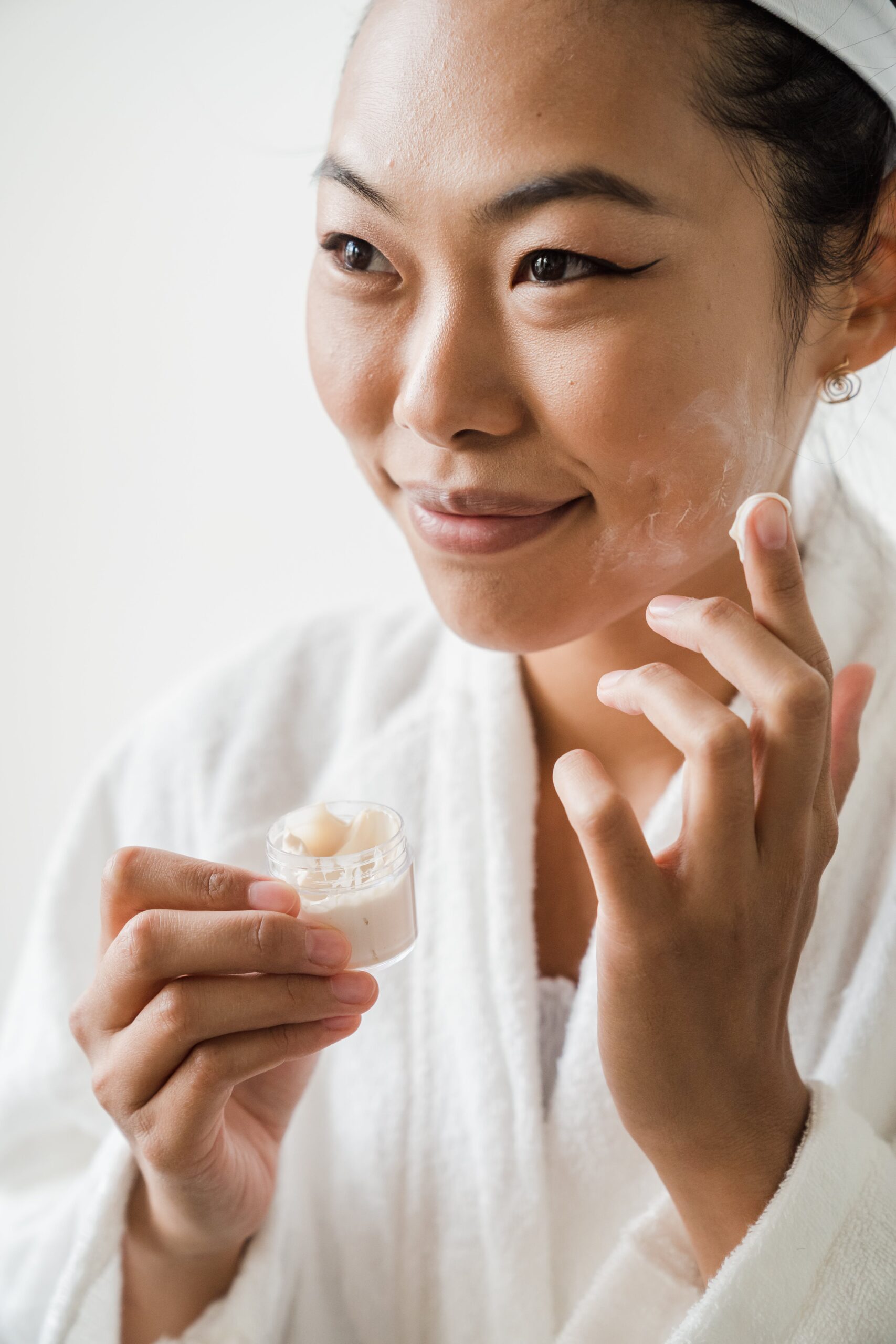

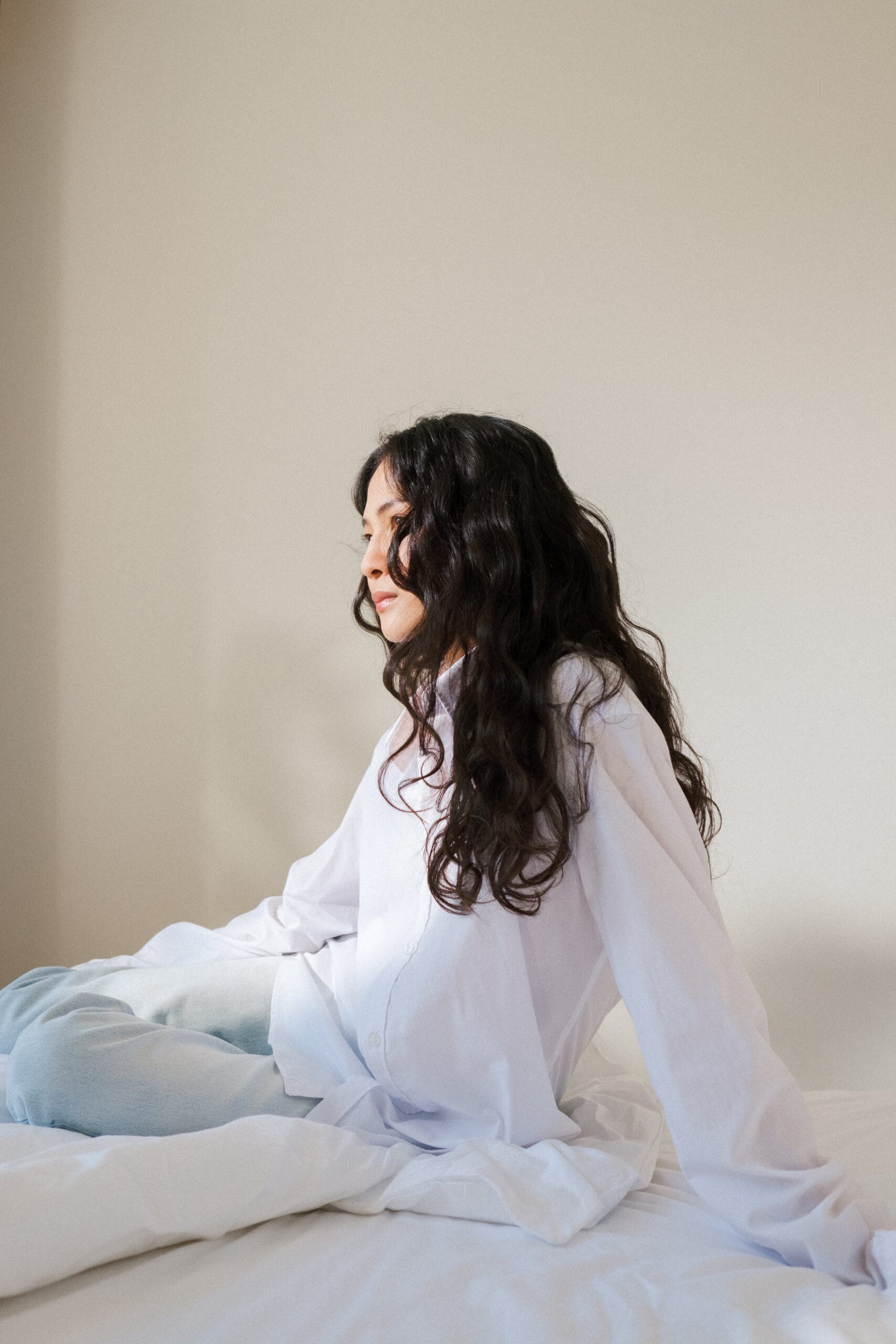

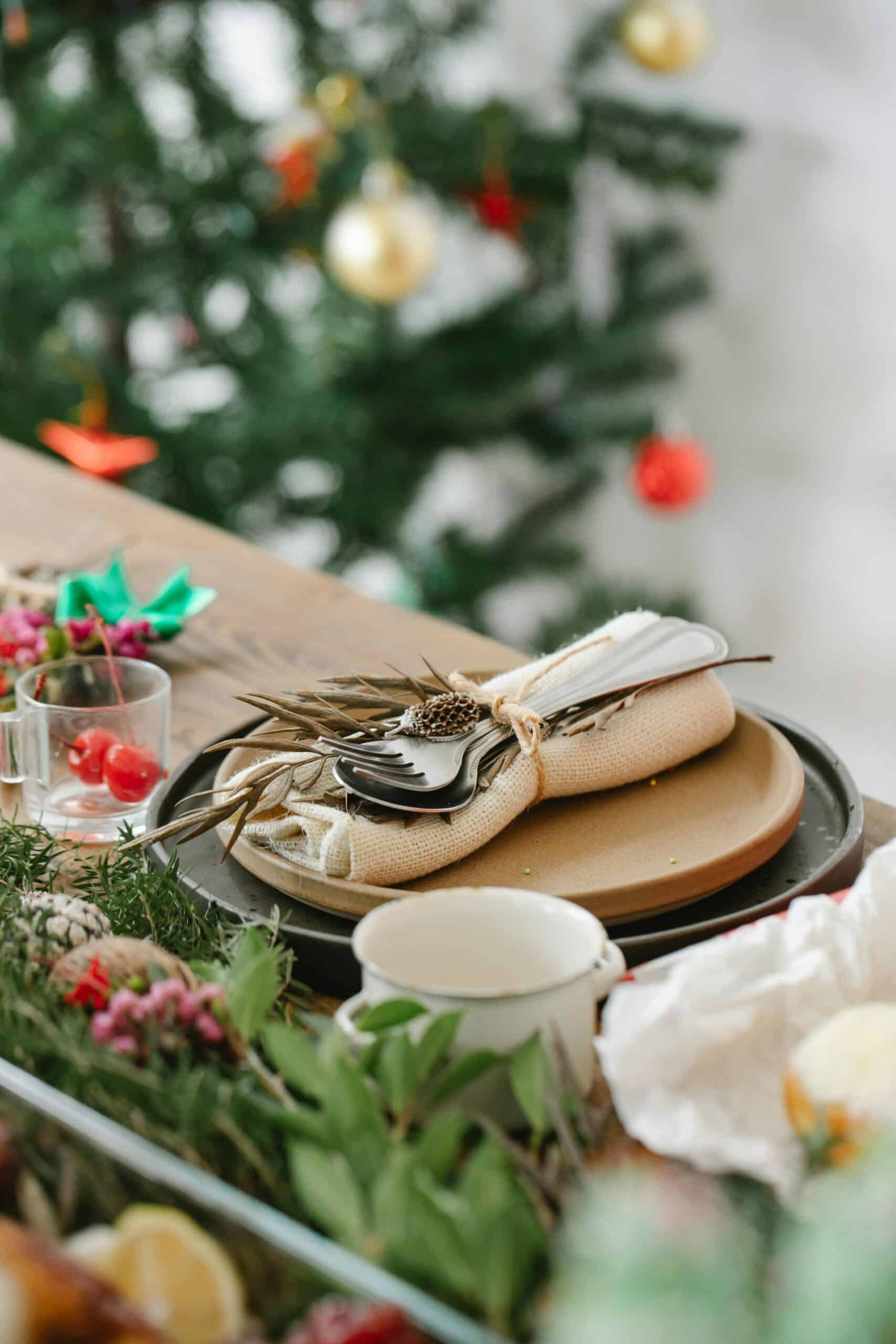
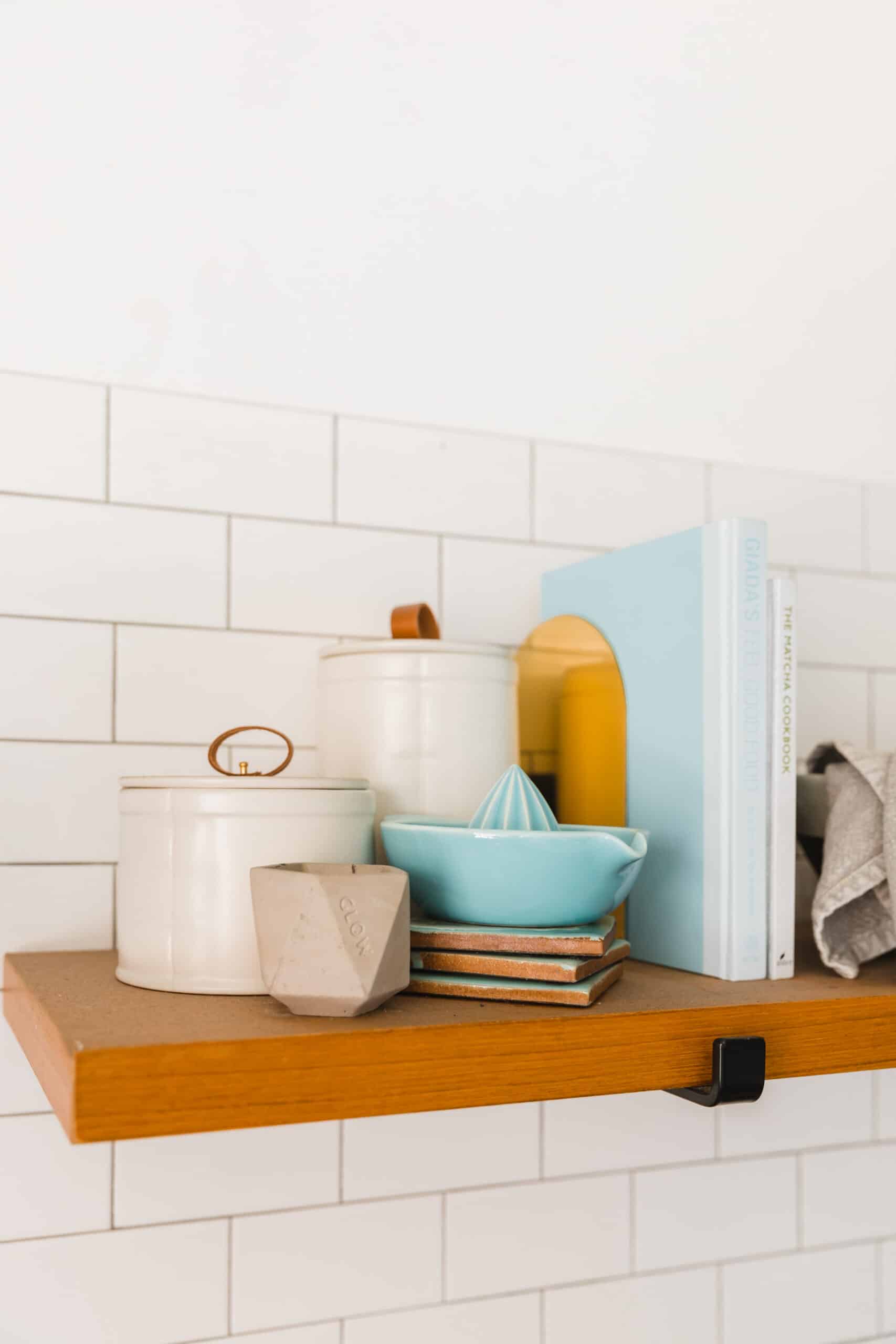


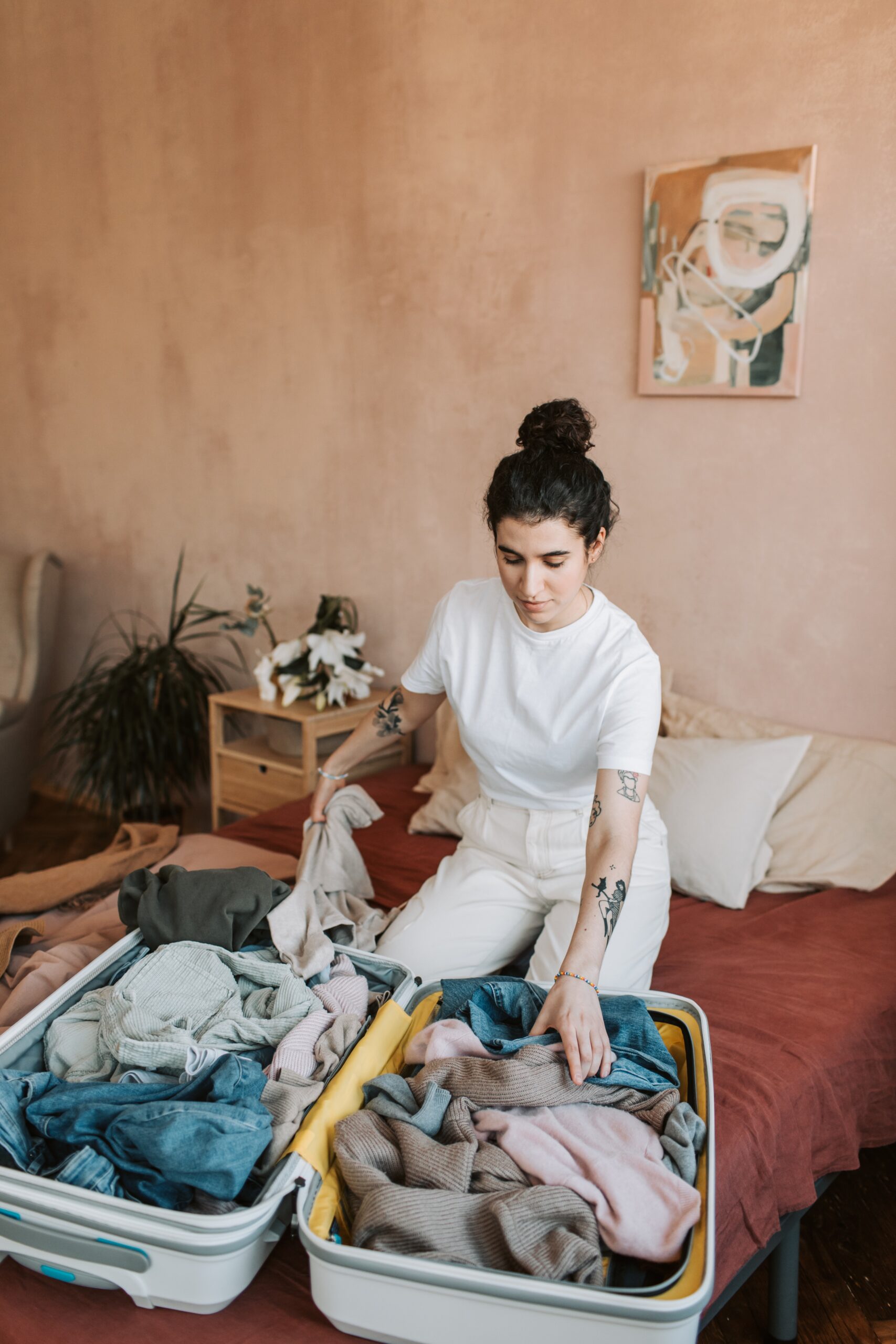
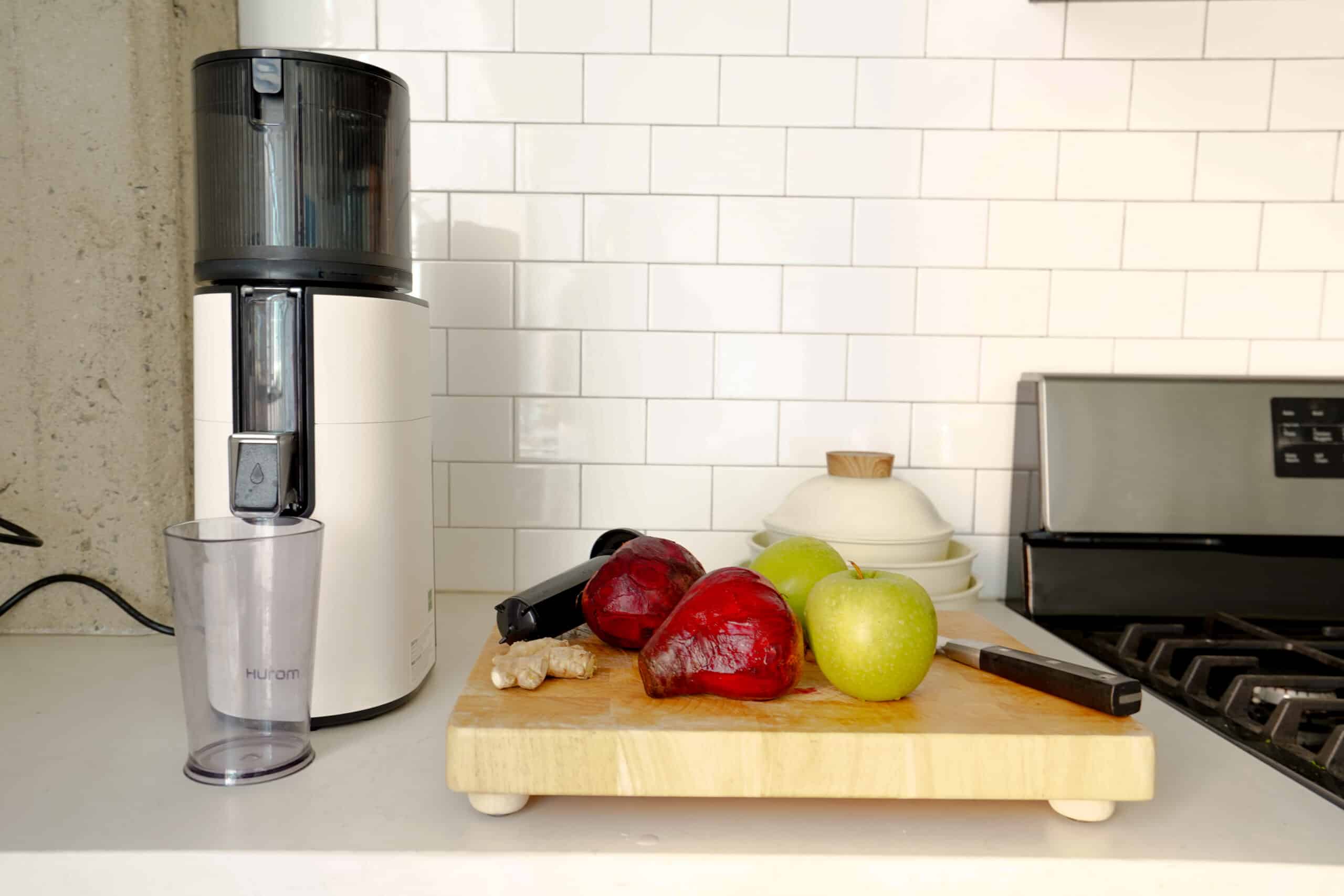
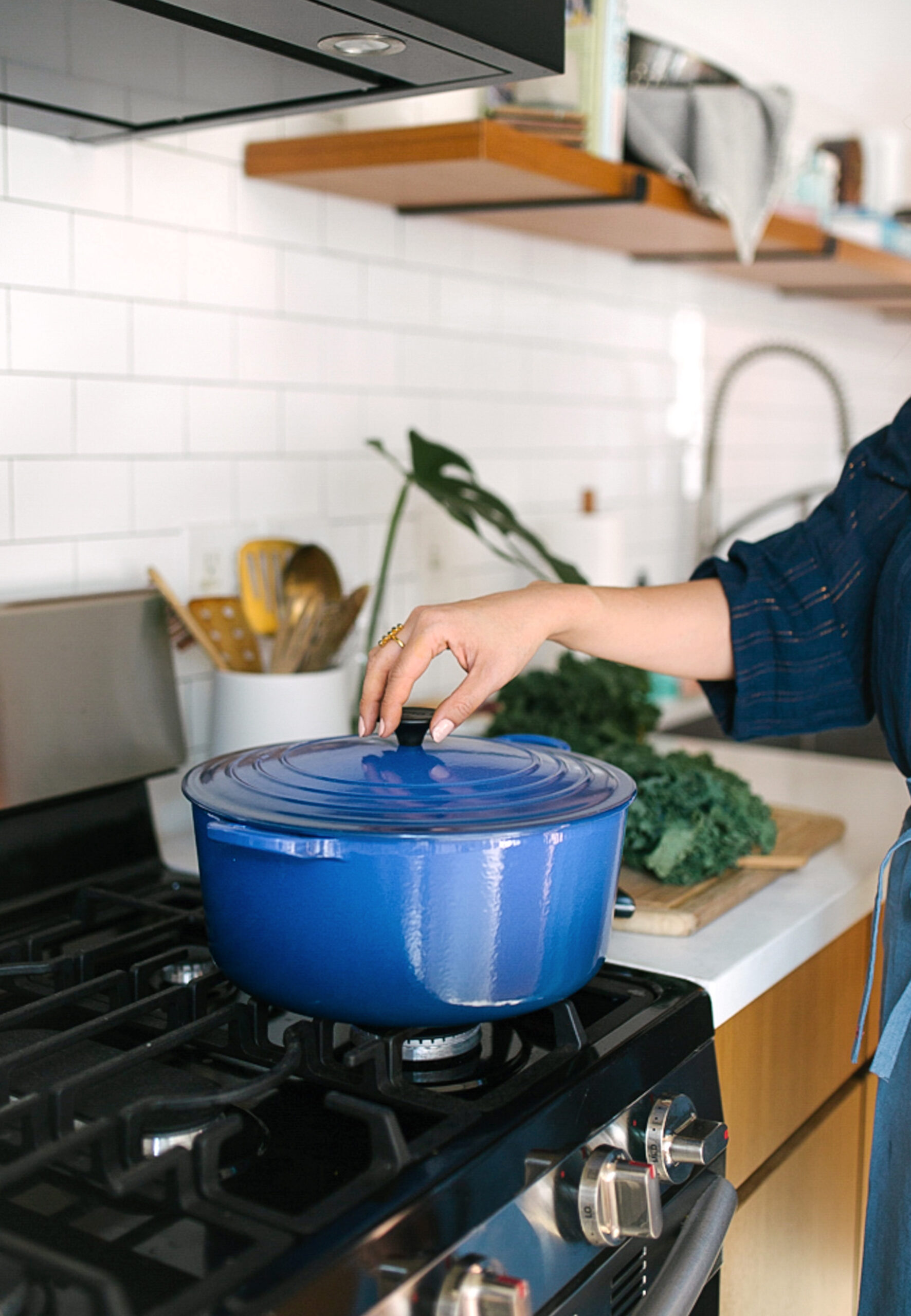




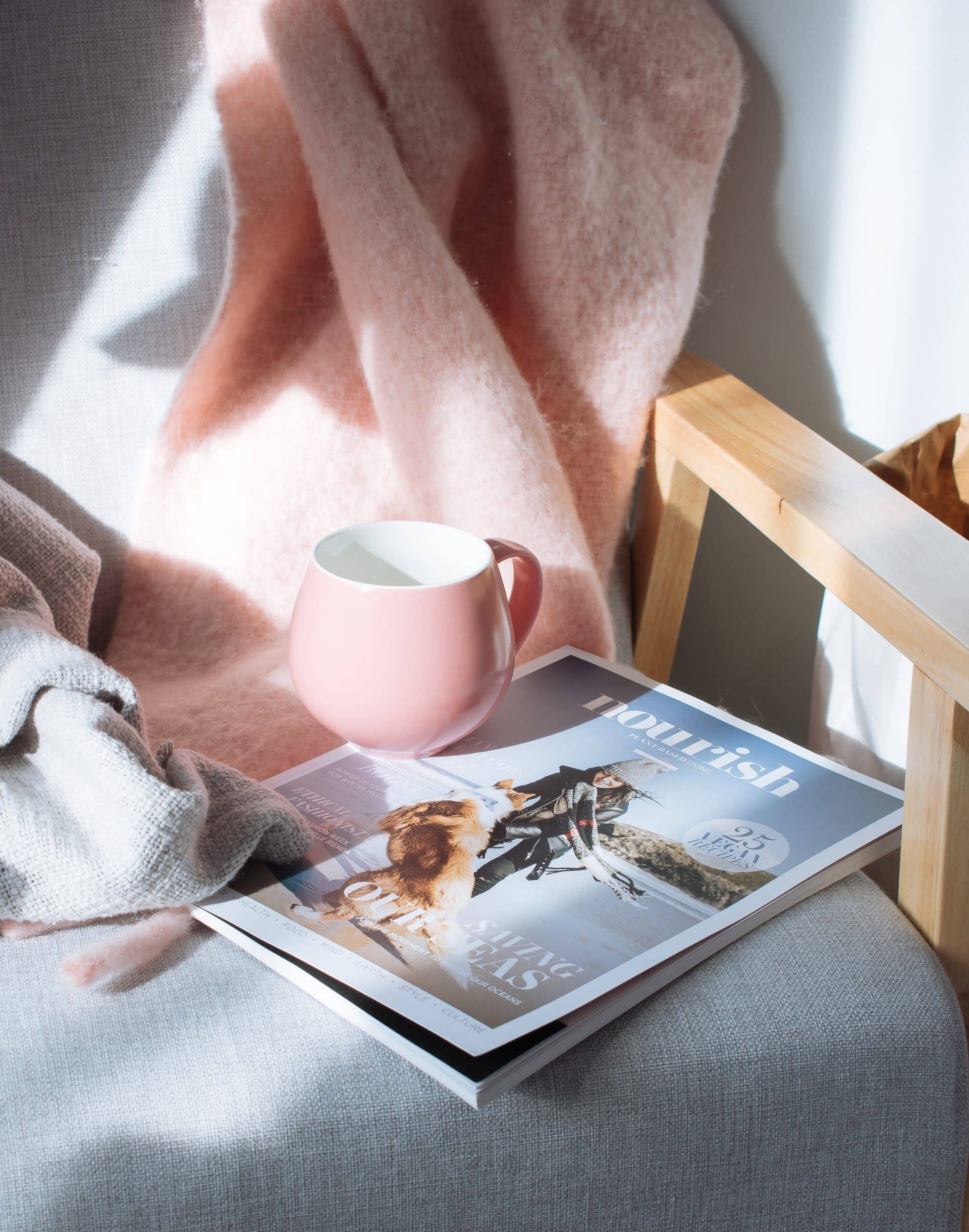
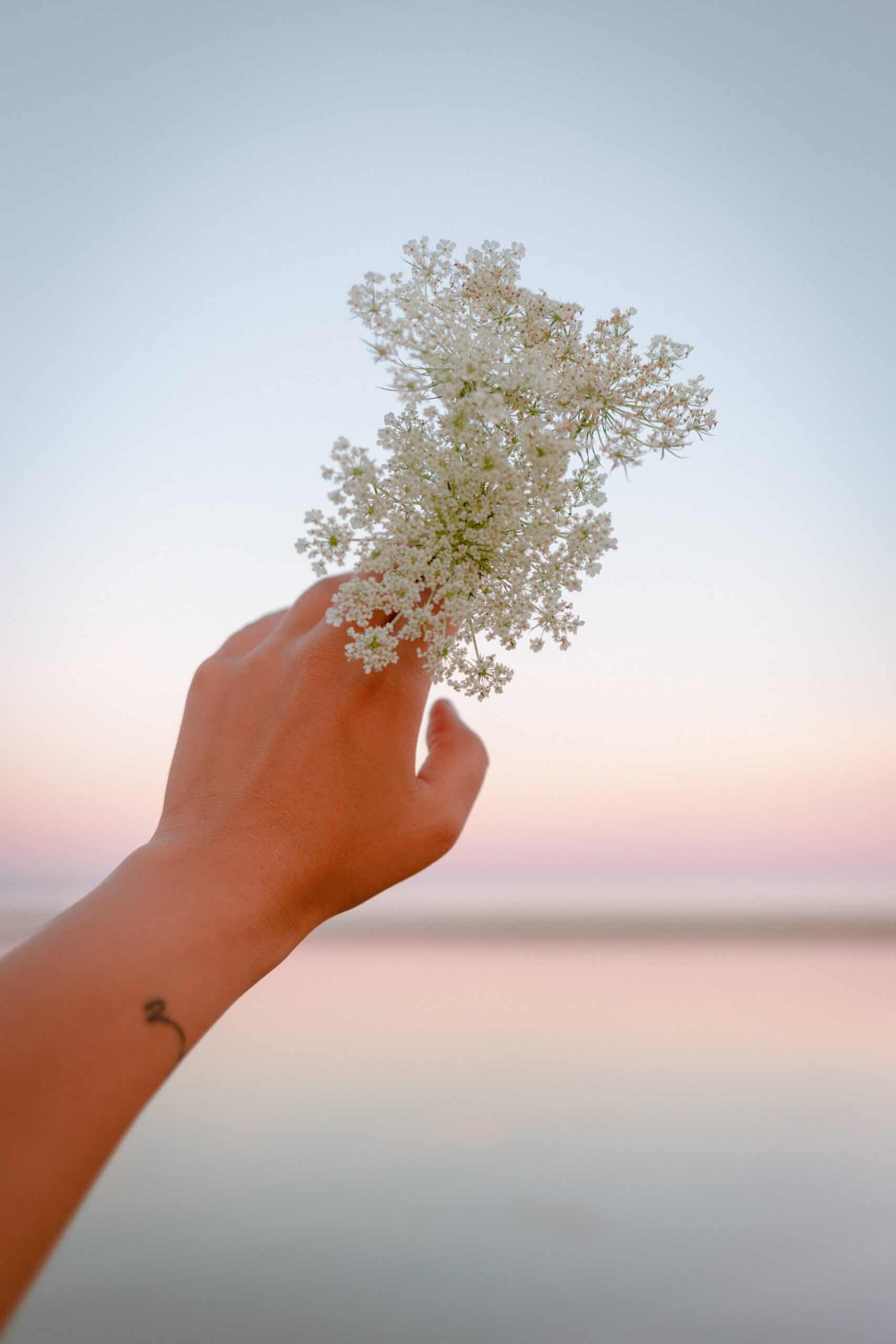

show comments